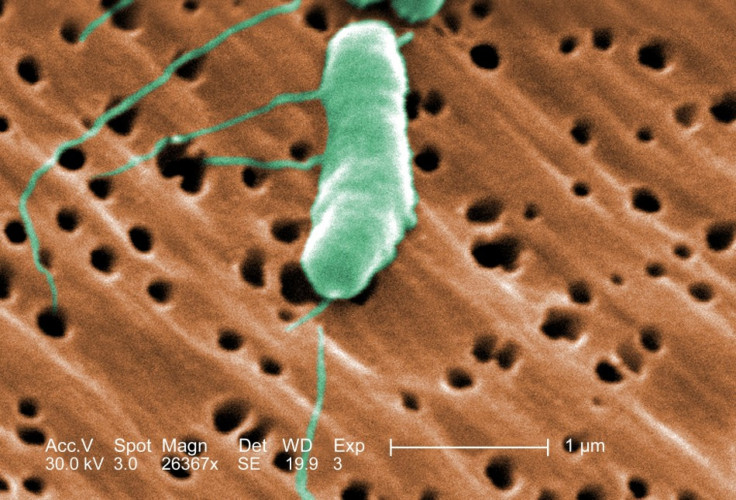Cholera Resurfaces In Cuba After Half A Century

Three people have already died following a cholera outbreak in southeastern Cuba last week, with at least 50 more contracting the life-threatening waterborne bacterial disease and around 1,000 showing symptoms of infection.
Cuban authorities said the outbreak, which surfaced in the town of Manzanillo in Granma Province, originated from contaminated water wells and was exacerbated by heavy rains and high temperatures. One case has been confirmed in the capital, Havana, located more than 470 miles from Manzanillo.
The three victims were 66, 70 and 95 years old, and all had prior health issues, according to Cuba's Health Ministry.
This infection was involved in the deaths of three senior citizens ... each of whom had preexisting histories of chronic illnesses -- conditions that were complicated by the gastrointestinal infection. Continuing investigations are being made to determine the actual cause of death in each case, the ministry said in a statement, according to an English translation by the Havana Times.
Cholera attacks the small intestine, causing acute diarrhea and vomiting and resulting in severe dehydration, which can lead to death if left untreated. The cholera bacterium is typically spread through the fecal matter of an infected person that contaminates sources of drinking water.
The last known cholera infection in Cuba was reported shortly after the 1959 Cuban Revolution.
Cholera has been very rare in industrialized nations for the last 100 years; however, the disease is still common today in other parts of the world, including the Indian subcontinent and sub-Saharan Africa, reads a statement from the U.S. Centers for Disease Control and Prevention on its website.
More recently, a cholera outbreak struck Haiti in the aftermath of the 2010 earthquake, infecting nearly 500,000 people and causing mroe than 6,500 deaths. It was the first outbreak there in at least a century.
Haiti's capital, Port-au-Prince, near the epicenter of the deadly earthquake and the site of most of the cholera cases, lies about 330 miles from Manzanillo across a stretch of the Caribbean Sea.
Hundreds of Cuban medical professionals have been active in Haiti, combating the cholera epidemic, which continues to plague the impoverished country as it struggles to recover from the devastating earthquake that claimed more than 200,000 lives.
There is some speculation that the disease may have been contracted by Cubans working in areas prone to infection and brought back to Cuba, though the source of the outbreak in Manzanillo remains unconfirmed.
The Cuban Health Ministry has touted the nation's public health care system, which provides free medical services to Cuban citizens, in containing the outbreak.
This outbreak in the city of Manzanillo is controlled, and the trend is toward the reduction of cases as a result of health care and anti-epidemic measures being implemented, the ministry said in a statement.
Among the measures being taken by the Health Ministry are closing contaminated water sources, flushing chlorinated water into supply lines and water tanks in affected areas and expanding health education to the population regarding precautions against cholera.
© Copyright IBTimes 2025. All rights reserved.





















